Home>Gardening & Outdoor>Pool & Spa Care>How Much Chlorine Do I Put In A 300-Gallon Hot Tub
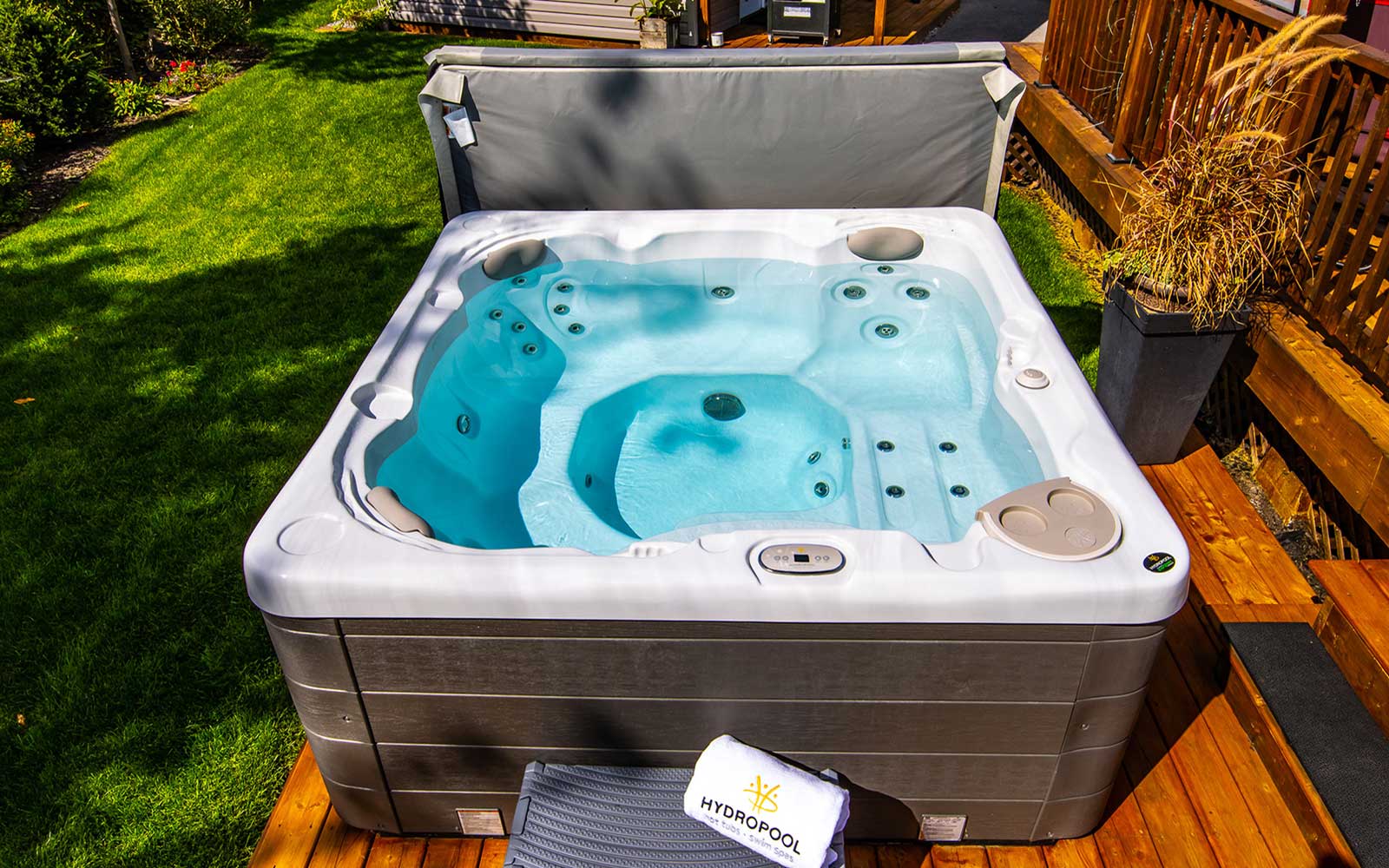

Pool & Spa Care
How Much Chlorine Do I Put In A 300-Gallon Hot Tub
Modified: February 18, 2024
Learn the right amount of chlorine to add to your 300-gallon hot tub for effective pool and spa care. Get expert tips and advice for maintaining a clean and safe hot tub.
(Many of the links in this article redirect to a specific reviewed product. Your purchase of these products through affiliate links helps to generate commission for Storables.com, at no extra cost. Learn more)
Introduction
Welcome to the wonderful world of hot tub ownership! If you’re new to the joys of soaking in a hot tub, you’re in for a treat. However, with great relaxation comes great responsibility. One of the key aspects of hot tub maintenance is ensuring that the water remains clean, safe, and inviting. Chlorine plays a crucial role in achieving this balance, as it effectively eliminates bacteria and other contaminants, keeping the water hygienic for your enjoyment.
In this guide, we’ll delve into the essential considerations for maintaining the chlorine levels in a 300-gallon hot tub. Whether you’re a seasoned hot tub owner or a newcomer looking to keep your spa in pristine condition, understanding the nuances of chlorine maintenance is vital. By the end of this article, you’ll be equipped with the knowledge and confidence to maintain the ideal chlorine levels in your hot tub, ensuring a safe and enjoyable experience for you and your guests.
Key Takeaways:
- Maintaining the ideal chlorine levels in a 300-gallon hot tub is crucial for a safe and enjoyable experience, balancing disinfection and comfort for relaxation.
- Factors such as pH levels, bather load, and water temperature influence the amount of chlorine needed, requiring careful calculation and monitoring for optimal hot tub maintenance.
Read more: How Much Chlorine Do I Put In My Hot Tub
Understanding Chlorine and Hot Tub Maintenance
Chlorine is a chemical compound renowned for its exceptional disinfectant properties. When added to hot tub water, it serves as a powerful agent in eradicating harmful bacteria, algae, and other contaminants that can compromise water quality and pose health risks. This makes it a cornerstone of hot tub maintenance, as it helps to create a safe and hygienic environment for soaking and relaxation.
Hot tub maintenance involves a delicate balance of various factors, with chlorine playing a pivotal role. By effectively managing the chlorine levels, hot tub owners can ensure that the water remains crystal clear, odor-free, and gentle on the skin, thereby enhancing the overall enjoyment of the hot tub experience.
Aside from its disinfectant properties, chlorine also helps to oxidize organic matter and other impurities present in the water. This process aids in preventing the buildup of residue and contaminants, keeping the water fresh and inviting. However, it’s important to strike a balance, as excessive chlorine can lead to skin and eye irritation, while inadequate levels may compromise the water’s cleanliness.
Understanding the principles of hot tub maintenance, including the role of chlorine, is essential for preserving the longevity of your hot tub and ensuring a safe and enjoyable experience for all users. By familiarizing yourself with the dynamics of chlorine and its interaction with hot tub water, you’ll be better equipped to maintain a pristine and inviting hot tub environment.
Factors to Consider Before Adding Chlorine
Before adding chlorine to your 300-gallon hot tub, it’s crucial to consider several key factors that can influence the effectiveness and safety of the treatment. By taking these factors into account, you can ensure that the chlorine is applied in a manner that optimally balances its disinfectant properties with the overall comfort and well-being of hot tub users.
- Current Chlorine Levels: Begin by testing the existing chlorine levels in the hot tub water. This will provide a baseline for determining the appropriate amount of chlorine to add. Ideally, the chlorine levels should fall within the recommended range of 3-5 parts per million (ppm) for hot tubs, ensuring effective sanitation without causing irritation.
- pH Levels: The pH level of the hot tub water significantly impacts the efficacy of chlorine. Aim for a pH range of 7.2-7.8, as this optimizes the disinfectant properties of chlorine. If the pH is too high or too low, it can diminish the effectiveness of the chlorine, leading to inadequate sanitation.
- Bather Load: Consider the number of individuals who will be using the hot tub. Higher bather loads can introduce more contaminants into the water, necessitating a correspondingly higher chlorine dosage. Be mindful of the frequency and duration of hot tub usage, as these factors can influence the demand for chlorine.
- Water Temperature: Warmer water temperatures can accelerate the consumption of chlorine, requiring more frequent monitoring and adjustments. In a 300-gallon hot tub, the water temperature should typically be maintained between 100-102 degrees Fahrenheit, but adjustments may be necessary based on personal preferences and environmental conditions.
- Chlorine Type: Selecting the appropriate type of chlorine for your hot tub is essential. Options include stabilized chlorine products, such as chlorine granules or tablets, which provide a reliable and consistent source of sanitation. Non-stabilized chlorine, such as liquid chlorine or chlorine shock, may also be used for specific maintenance needs.
By carefully considering these factors before adding chlorine to your hot tub, you can tailor the treatment to suit the specific conditions and demands of your spa. This approach ensures that the chlorine effectively safeguards the water quality while promoting a comfortable and enjoyable hot tub experience for all users.
Calculating the Ideal Amount of Chlorine
Accurately determining the ideal amount of chlorine to add to your 300-gallon hot tub is essential for maintaining a healthy and inviting spa environment. By calculating the appropriate dosage based on the specific characteristics of your hot tub, you can effectively harness the disinfectant properties of chlorine while mitigating the risk of over- or under-treatment.
The recommended chlorine level for hot tubs typically falls within the range of 3-5 parts per million (ppm). To calculate the ideal amount of chlorine for your 300-gallon hot tub, you can utilize a straightforward formula that takes into account the current chlorine level, the desired increase in chlorine, and the product’s concentration.
Here’s a simple formula to calculate the amount of chlorine to add:
Chlorine Needed (in ounces) = (Desired Increase in Chlorine Level) x (Gallons of Water) / (Chlorine Product Concentration)
For example, if you aim to increase the chlorine level by 2 ppm in a 300-gallon hot tub using a chlorine product with a concentration of 10%, the calculation would be as follows:
Chlorine Needed (in ounces) = (2 ppm) x (300 gallons) / (0.10) = 60 ounces
Once you have calculated the required amount of chlorine, carefully measure and add the product to the hot tub water. It’s important to follow the manufacturer’s instructions and safety guidelines when handling and applying chlorine to ensure proper dispersion and effectiveness.
Keep in mind that factors such as bather load, water temperature, and environmental conditions can influence the demand for chlorine, necessitating periodic adjustments to maintain the ideal levels. Regularly testing the chlorine levels and adjusting the dosage as needed is essential for preserving water quality and the comfort of hot tub users.
By employing this calculated approach to determine the ideal amount of chlorine for your 300-gallon hot tub, you can optimize the sanitation process and uphold a clean, refreshing hot tub environment for your relaxation and enjoyment.
For a 300-gallon hot tub, you should aim to maintain a chlorine level of 3-5 ppm. Start by adding 1.5-2.5 ounces of chlorine granules or 3-5 chlorine tablets to achieve this level. Always test the water before and after adding chlorine to ensure it stays within the recommended range.
Applying the Chlorine to the 300-Gallon Hot Tub
When it comes to applying chlorine to your 300-gallon hot tub, precision and care are paramount to ensure effective sanitation and the well-being of hot tub users. By following the proper procedures for adding and distributing chlorine, you can maintain a healthy and inviting hot tub environment while minimizing the risk of adverse effects associated with improper application.
Before adding chlorine, it’s essential to test the current chlorine levels and adjust the pH of the water, if necessary, to optimize the disinfectant properties of the chlorine. Once these preliminary steps are completed, you can proceed with applying the chlorine to the hot tub using the following guidelines:
- Measure the Chlorine: Based on the calculated amount of chlorine needed for the desired increase in ppm, carefully measure the appropriate quantity of chlorine product. Use a dedicated measuring cup or scoop to ensure accuracy and avoid spills or overpouring.
- Pre-Dissolve Granular Chlorine: If using granular chlorine, consider pre-dissolving it in a small container of water before adding it to the hot tub. This helps to facilitate even dispersion and prevents concentrated chlorine from settling on the hot tub surfaces.
- Distribute the Chlorine: With the hot tub’s circulation system running, add the measured chlorine product directly to the water. This allows the chlorine to disperse evenly throughout the hot tub, promoting uniform sanitation and preventing localized concentration that may lead to skin or eye irritation.
- Wait for Dispersal: After adding the chlorine, allow sufficient time for the product to disperse and integrate into the water. This typically involves running the hot tub’s circulation system for a designated period as recommended by the manufacturer or based on your prior experience with the product.
- Re-Test and Adjust: Following the application of chlorine, retest the water after the recommended dispersal time to verify that the chlorine levels have reached the desired range. If adjustments are needed, calculate and add additional chlorine as necessary to achieve the target ppm.
By adhering to these steps and exercising diligence in the application of chlorine to your 300-gallon hot tub, you can uphold a hygienic and enjoyable hot tub environment. Consistent monitoring and maintenance of chlorine levels, coupled with responsible application practices, contribute to the overall well-being and satisfaction of hot tub users.
Read more: How Much Chlorine Should I Put In My Hot Tub
Monitoring Chlorine Levels
Regular monitoring of chlorine levels is a fundamental aspect of hot tub maintenance, ensuring that the water remains clean, safe, and conducive to relaxation. By implementing a systematic approach to monitoring chlorine levels in your 300-gallon hot tub, you can proactively uphold water quality and address any fluctuations or deficiencies in sanitation.
Several methods can be employed to monitor chlorine levels, each offering unique insights into the effectiveness of the treatment and the overall condition of the hot tub water. The following guidelines can help you establish a comprehensive approach to monitoring and maintaining optimal chlorine levels:
- Utilize Test Strips or Test Kits: Test strips or liquid test kits are valuable tools for measuring chlorine levels in the hot tub water. These kits typically provide readings for free chlorine and total chlorine, offering a comprehensive assessment of the sanitation status. Regularly test the water using these kits, following the manufacturer’s instructions for accurate results.
- Observe Bather Comfort and Water Clarity: Beyond quantitative measurements, pay attention to qualitative indicators of water quality. If hot tub users experience skin irritation, red eyes, or notice a strong chlorine odor, it may indicate imbalanced chlorine levels. Similarly, cloudy or discolored water can signal the need for chlorine adjustment.
- Maintain a Monitoring Schedule: Establish a routine for testing and monitoring chlorine levels, taking into account factors such as bather load, weather conditions, and hot tub usage frequency. By adhering to a consistent schedule, you can detect and address fluctuations in chlorine levels promptly.
- Adjust Chlorine Dosage as Needed: Based on the test results and qualitative observations, make adjustments to the chlorine dosage as necessary to maintain the recommended range of 3-5 ppm. Calculating the required amount of chlorine based on the current levels and desired increase ensures targeted and effective treatment.
- Consider Shock Treatment: Periodically administering a chlorine shock treatment can help to address organic buildup, combined chlorine (chloramines), and other contaminants that may compromise water quality. This intensive treatment rejuvenates the chlorine’s effectiveness and revitalizes the hot tub water.
By integrating these monitoring practices into your hot tub maintenance routine, you can sustain a clean, balanced, and inviting hot tub environment. Consistent vigilance and proactive adjustments to chlorine levels contribute to the overall satisfaction and well-being of hot tub users, fostering a relaxing and rejuvenating experience.
Conclusion
As you’ve journeyed through the intricacies of maintaining chlorine levels in a 300-gallon hot tub, you’ve gained valuable insights into the essential role of chlorine in preserving water quality and ensuring a safe, enjoyable hot tub experience. By understanding the principles of chlorine application and monitoring, you are well-equipped to uphold a pristine and inviting hot tub environment for yourself and your guests.
Effective hot tub maintenance involves a harmonious balance of factors, from chlorine dosage calculations to attentive monitoring and adjustment of chlorine levels. By considering elements such as pH balance, bather load, water temperature, and the type of chlorine product used, you can tailor your approach to suit the unique demands of your 300-gallon hot tub, fostering optimal sanitation and comfort.
Consistent vigilance and responsible chlorine management are essential for safeguarding water quality and the well-being of hot tub users. By integrating a systematic monitoring schedule and responding promptly to fluctuations in chlorine levels, you can sustain a clean, inviting hot tub environment that promotes relaxation and rejuvenation.
As you embark on your hot tub maintenance journey, remember that the proper application and monitoring of chlorine are not merely tasks but essential components of creating a sanctuary for relaxation and well-being. Embrace the opportunity to cultivate a harmonious hot tub environment, where the soothing waters invite you to unwind and escape the stresses of daily life.
With your newfound knowledge and commitment to maintaining ideal chlorine levels, you are poised to embark on a journey of relaxation and rejuvenation in your 300-gallon hot tub, knowing that you have the expertise to preserve a clean, inviting oasis for yourself and your fellow hot tub enthusiasts.
Frequently Asked Questions about How Much Chlorine Do I Put In A 300-Gallon Hot Tub
Was this page helpful?
At Storables.com, we guarantee accurate and reliable information. Our content, validated by Expert Board Contributors, is crafted following stringent Editorial Policies. We're committed to providing you with well-researched, expert-backed insights for all your informational needs.
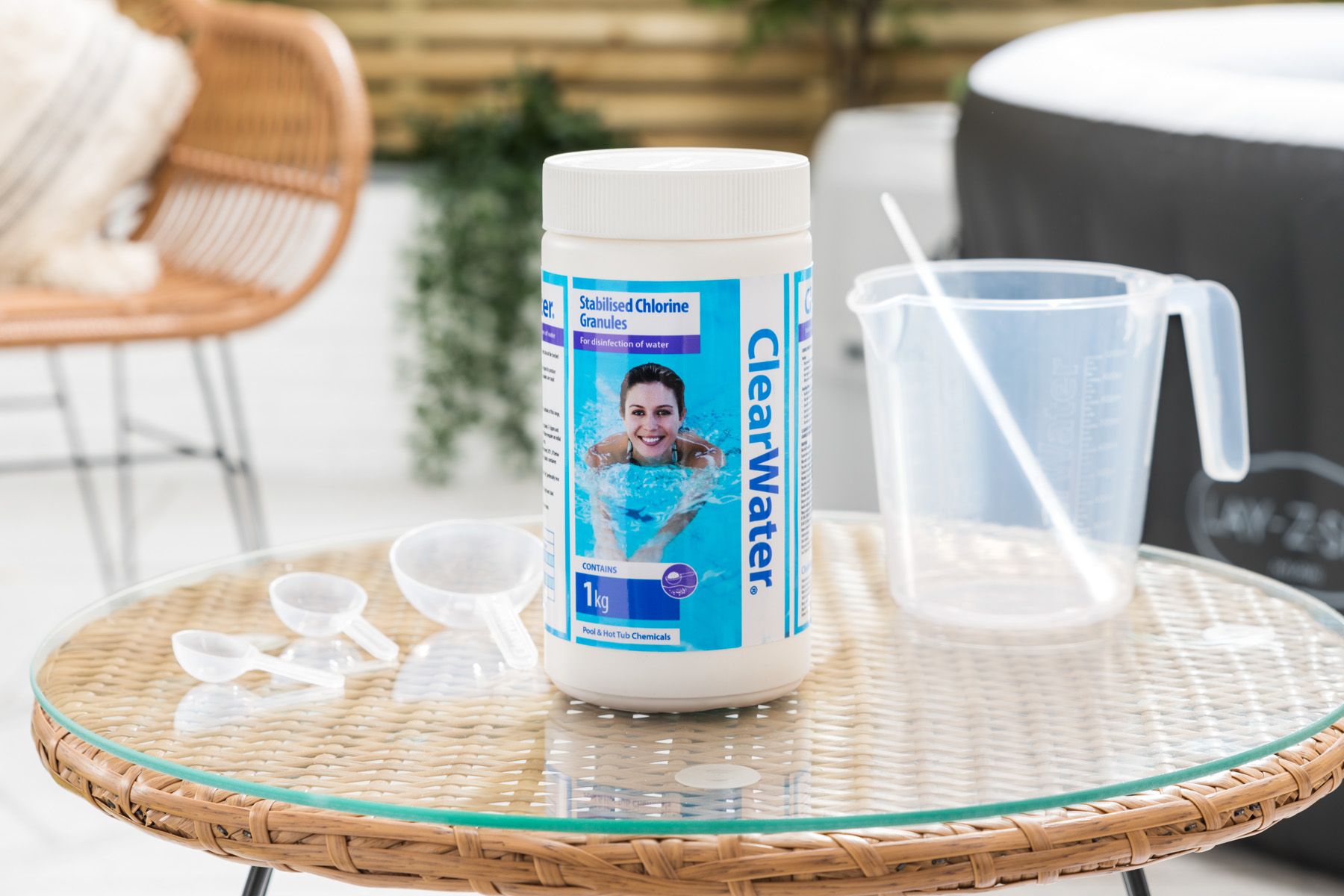
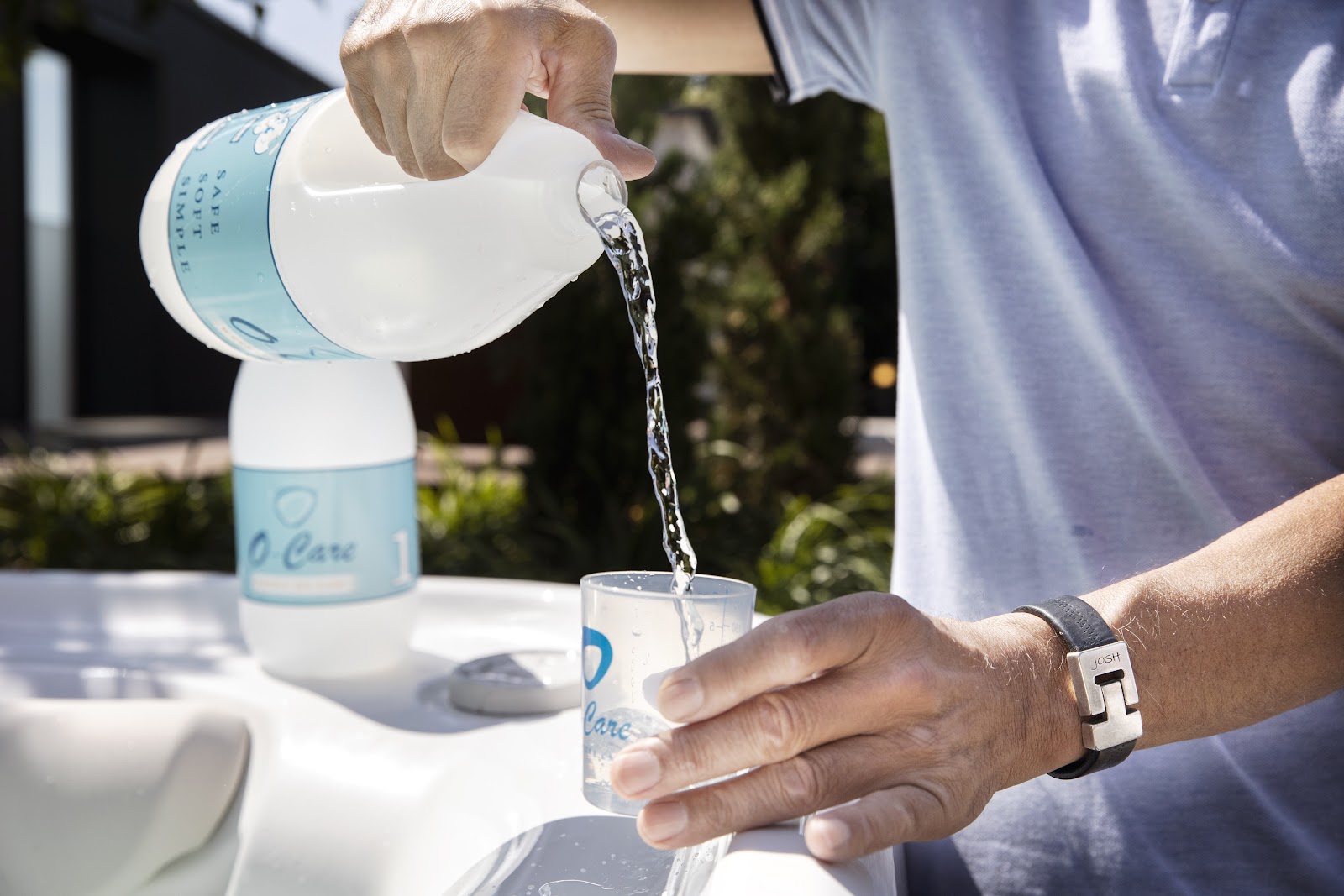
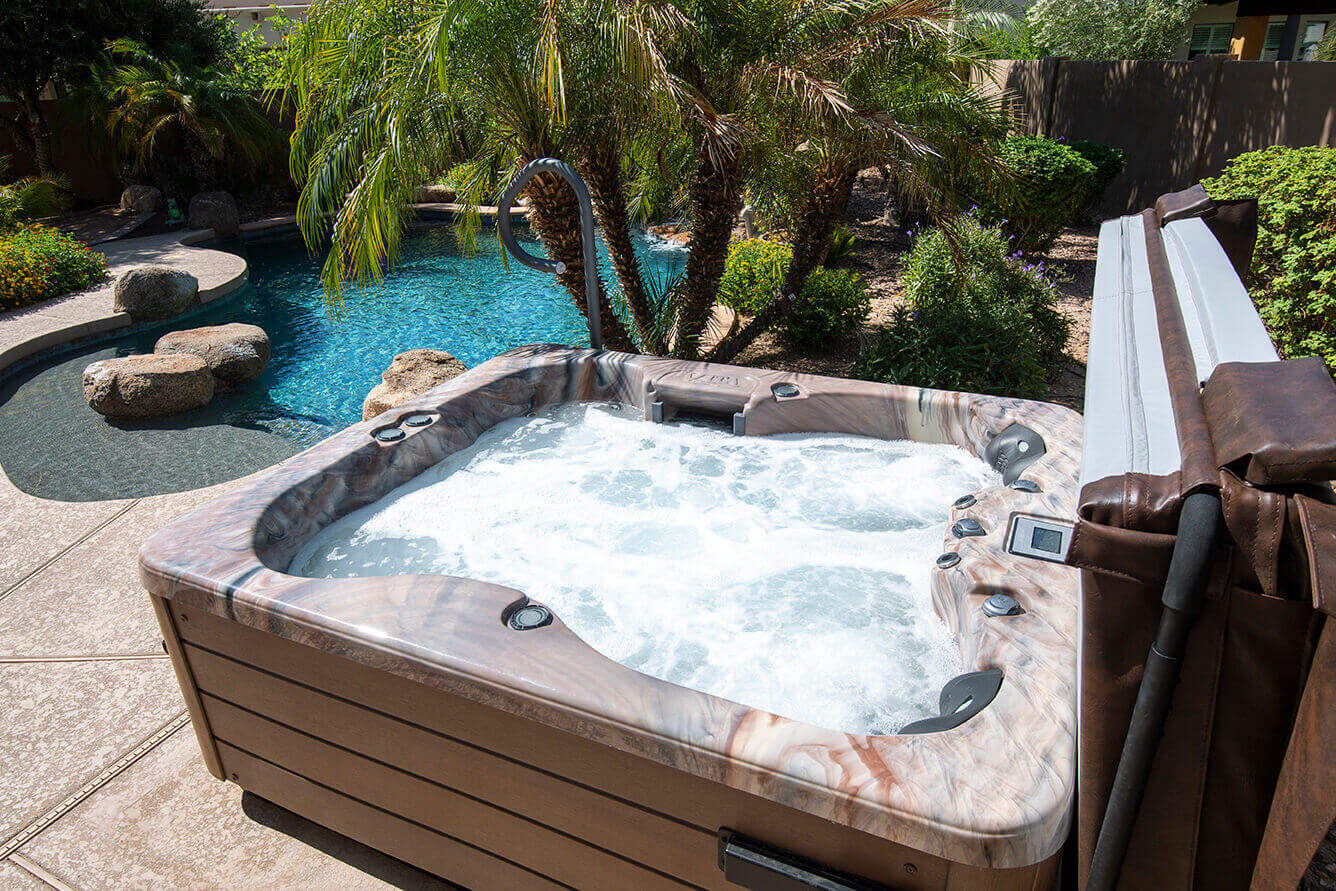
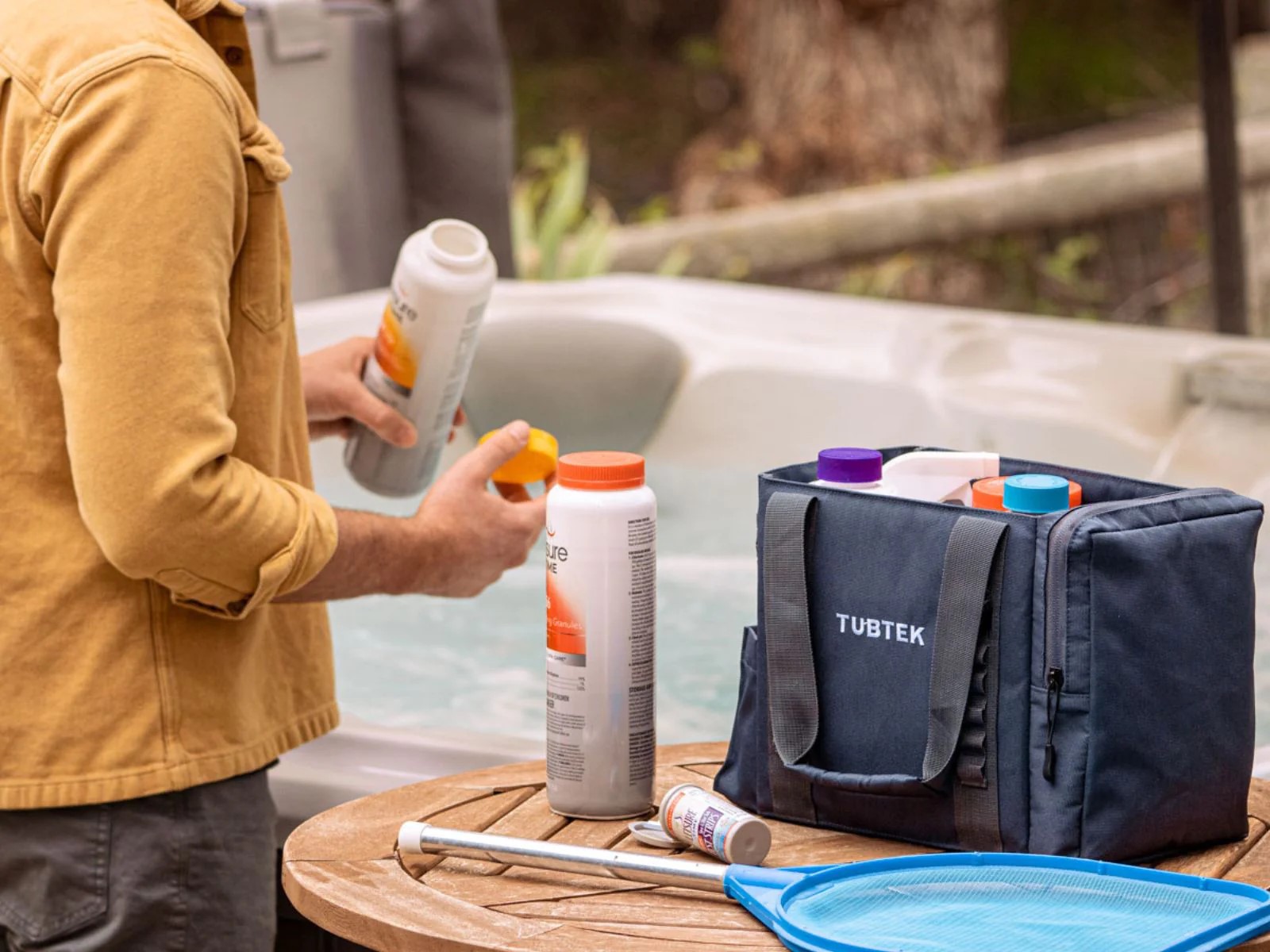
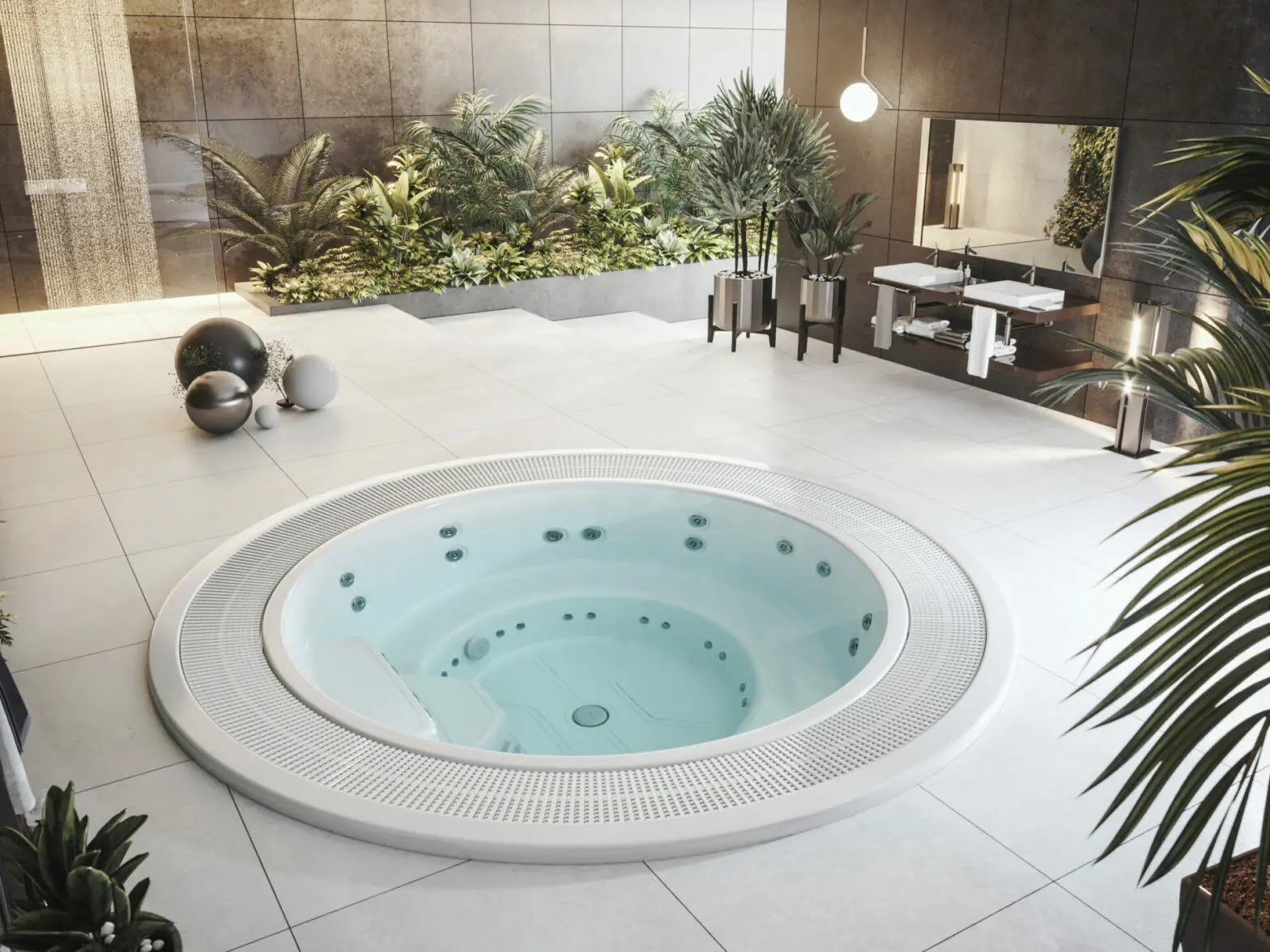
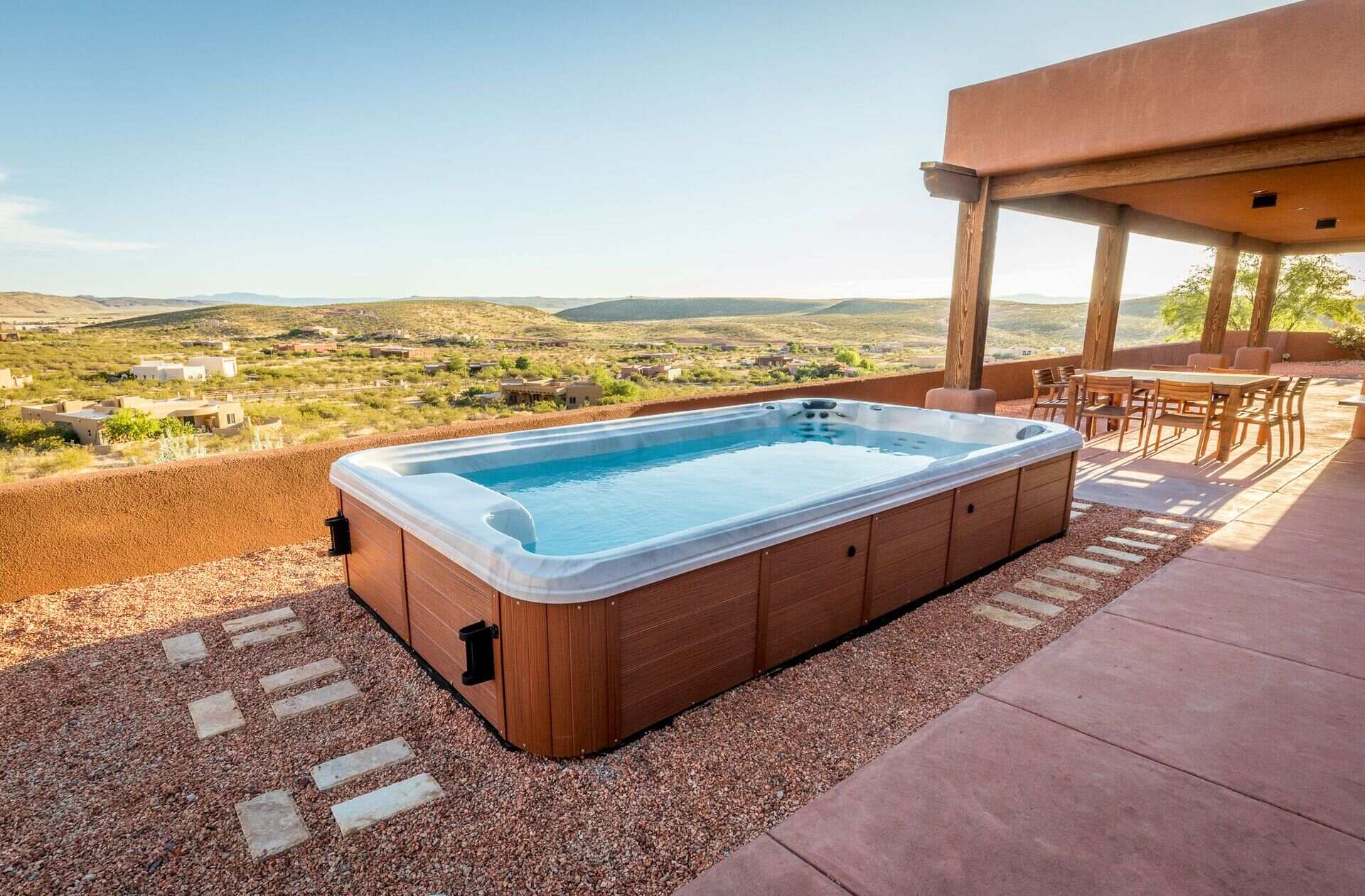
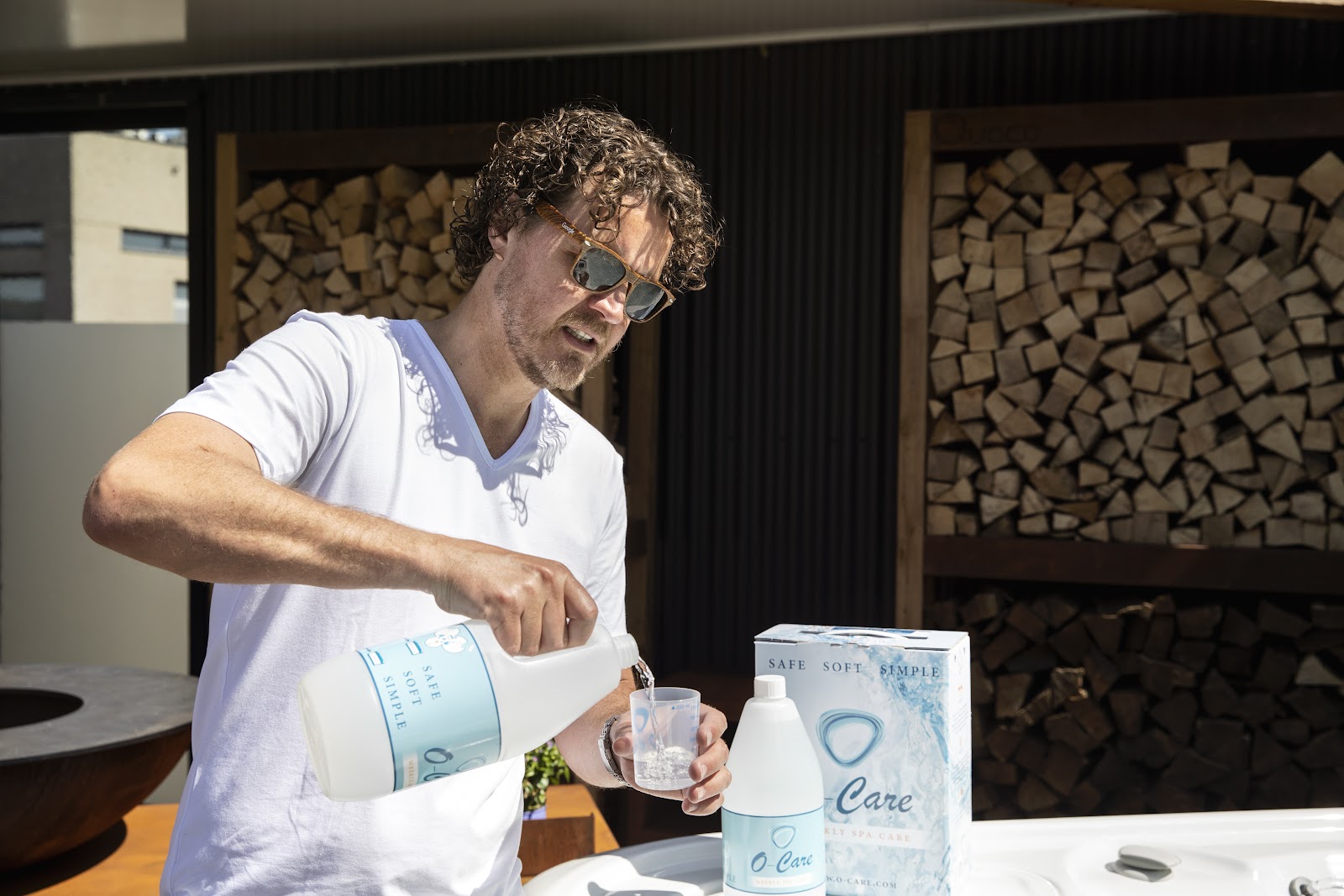
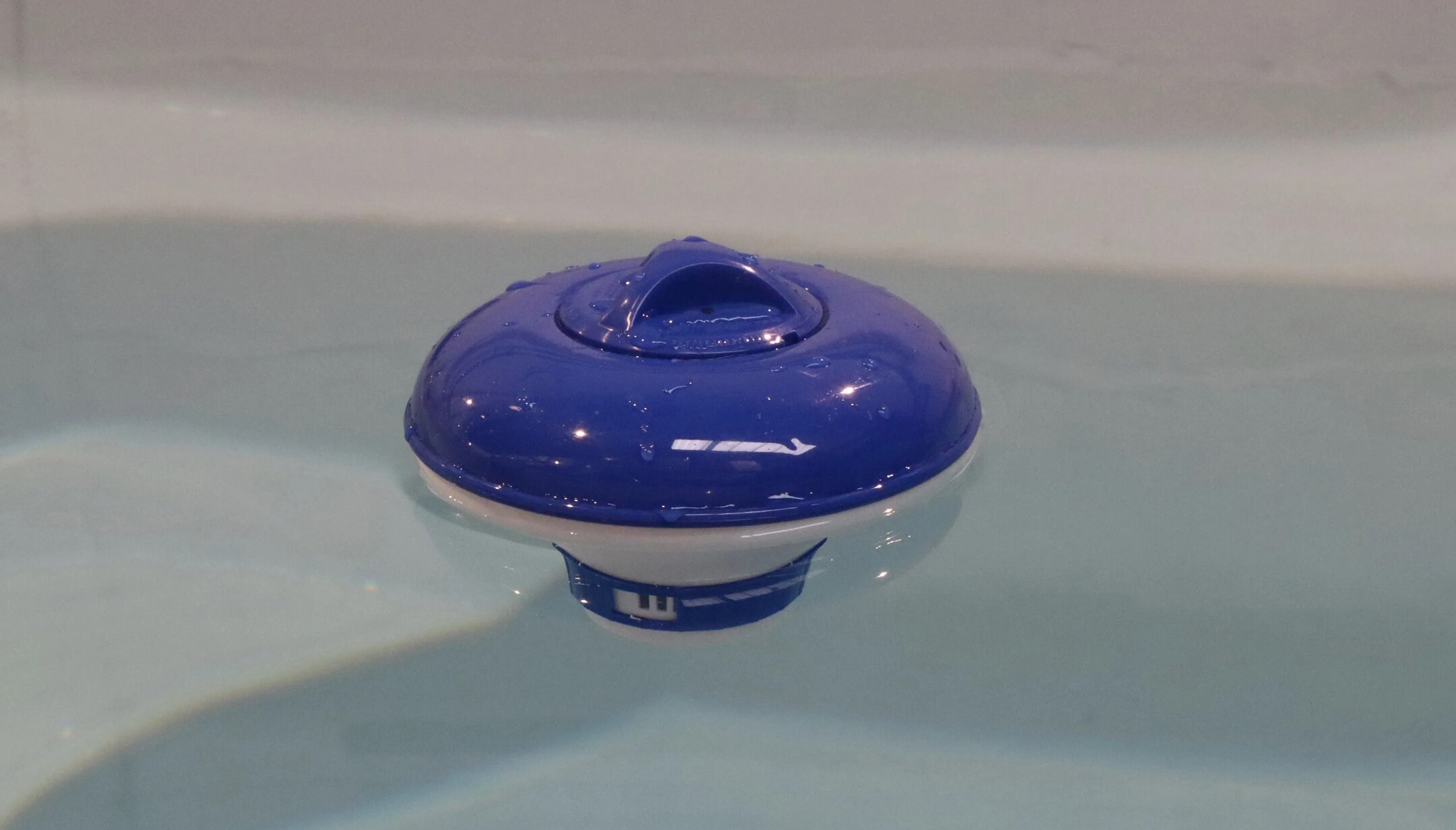
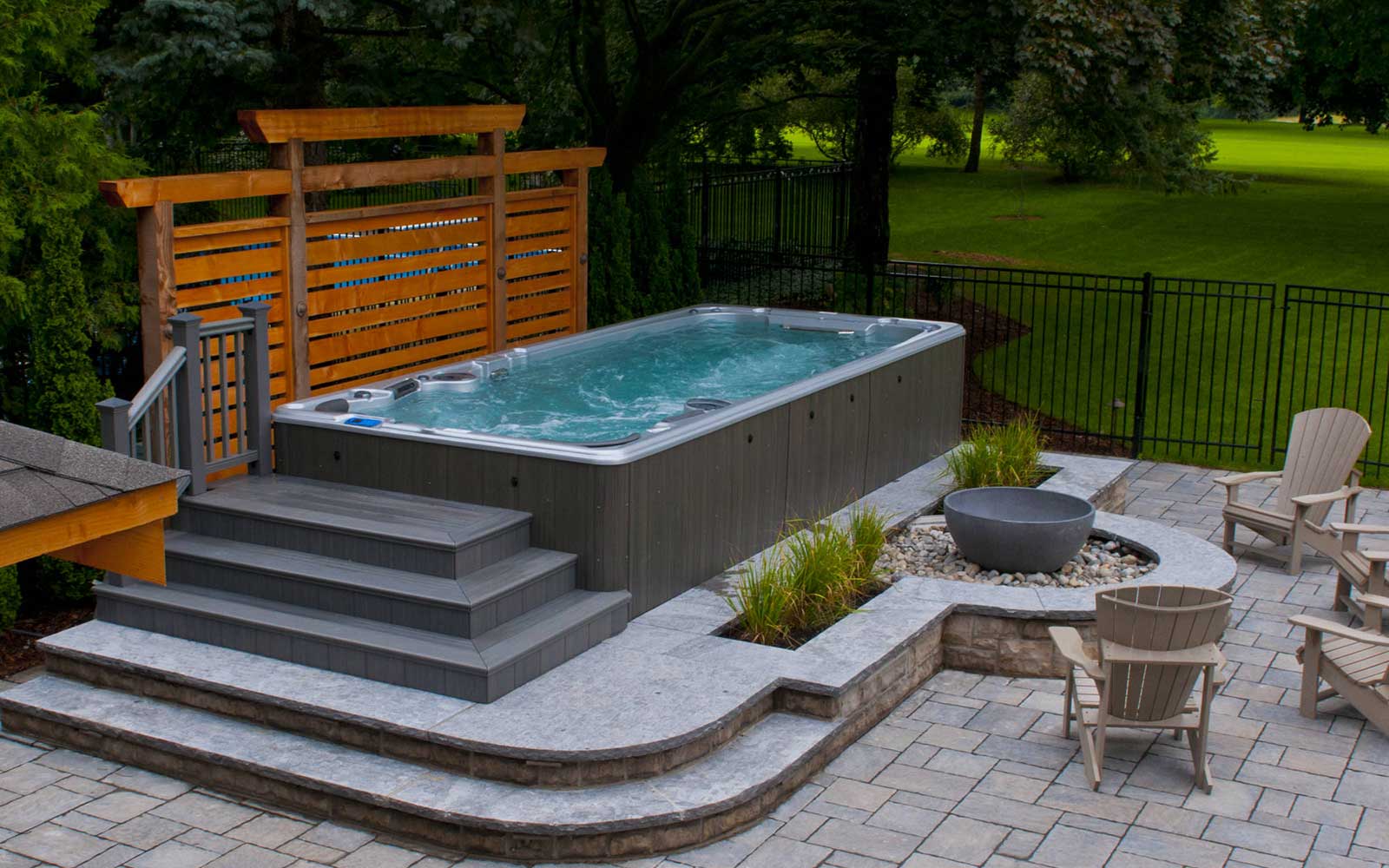
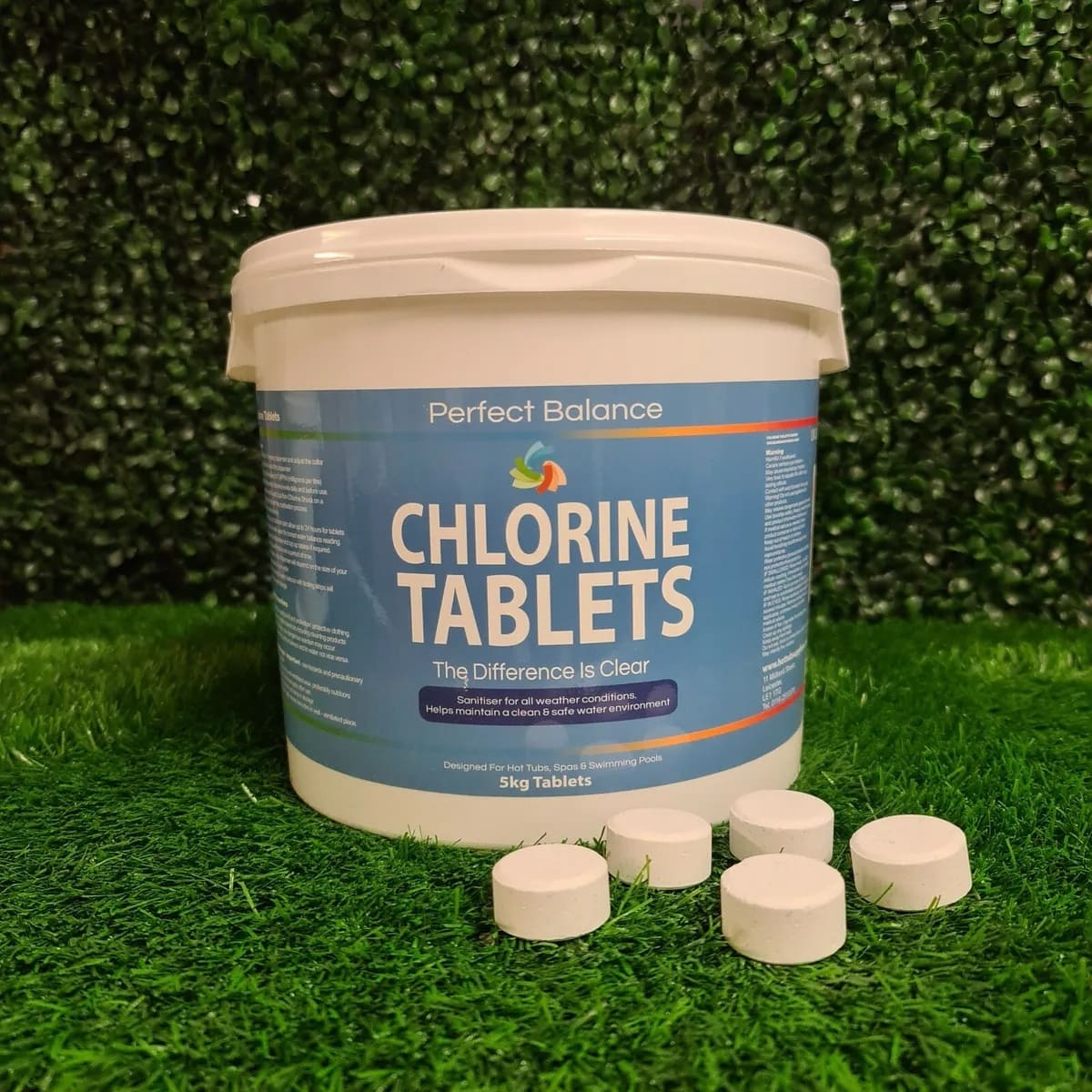
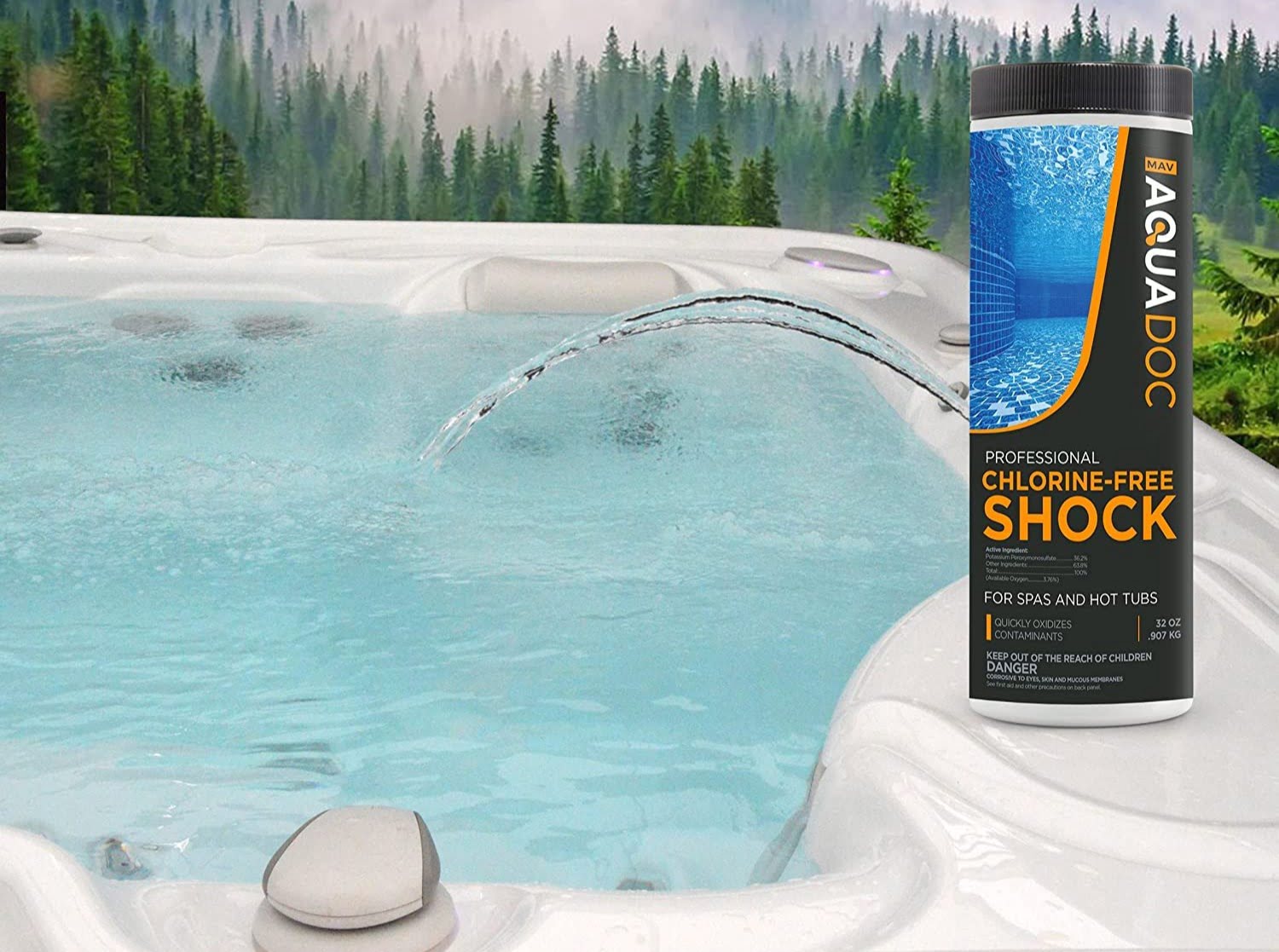
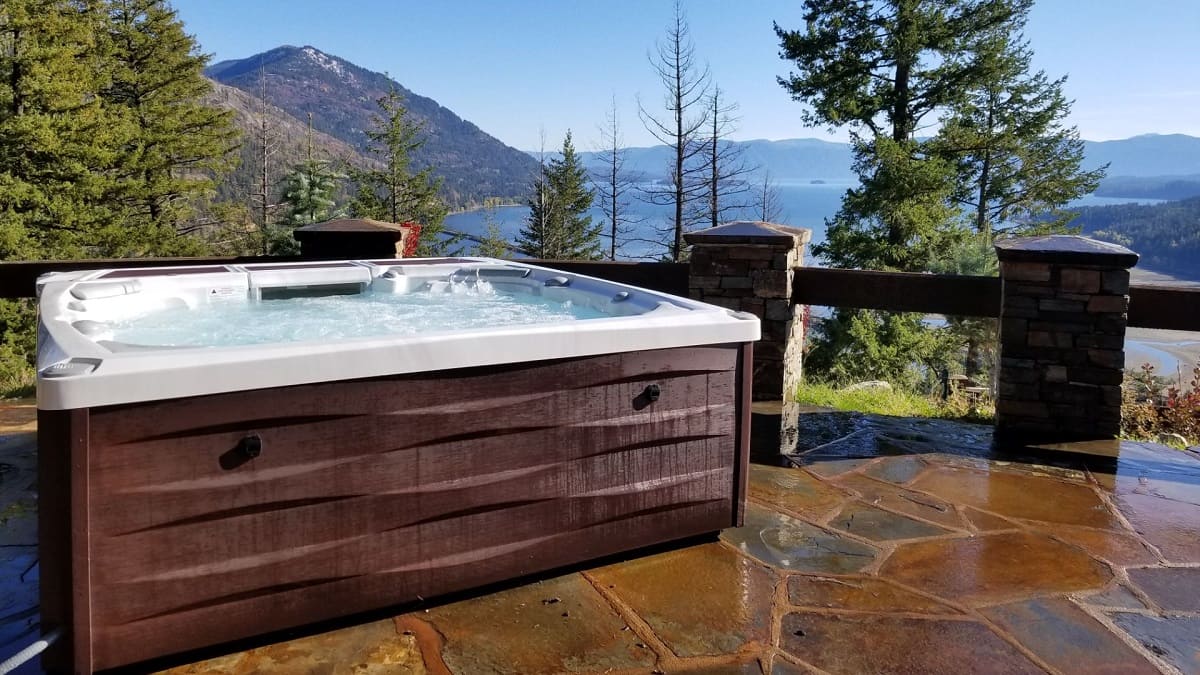
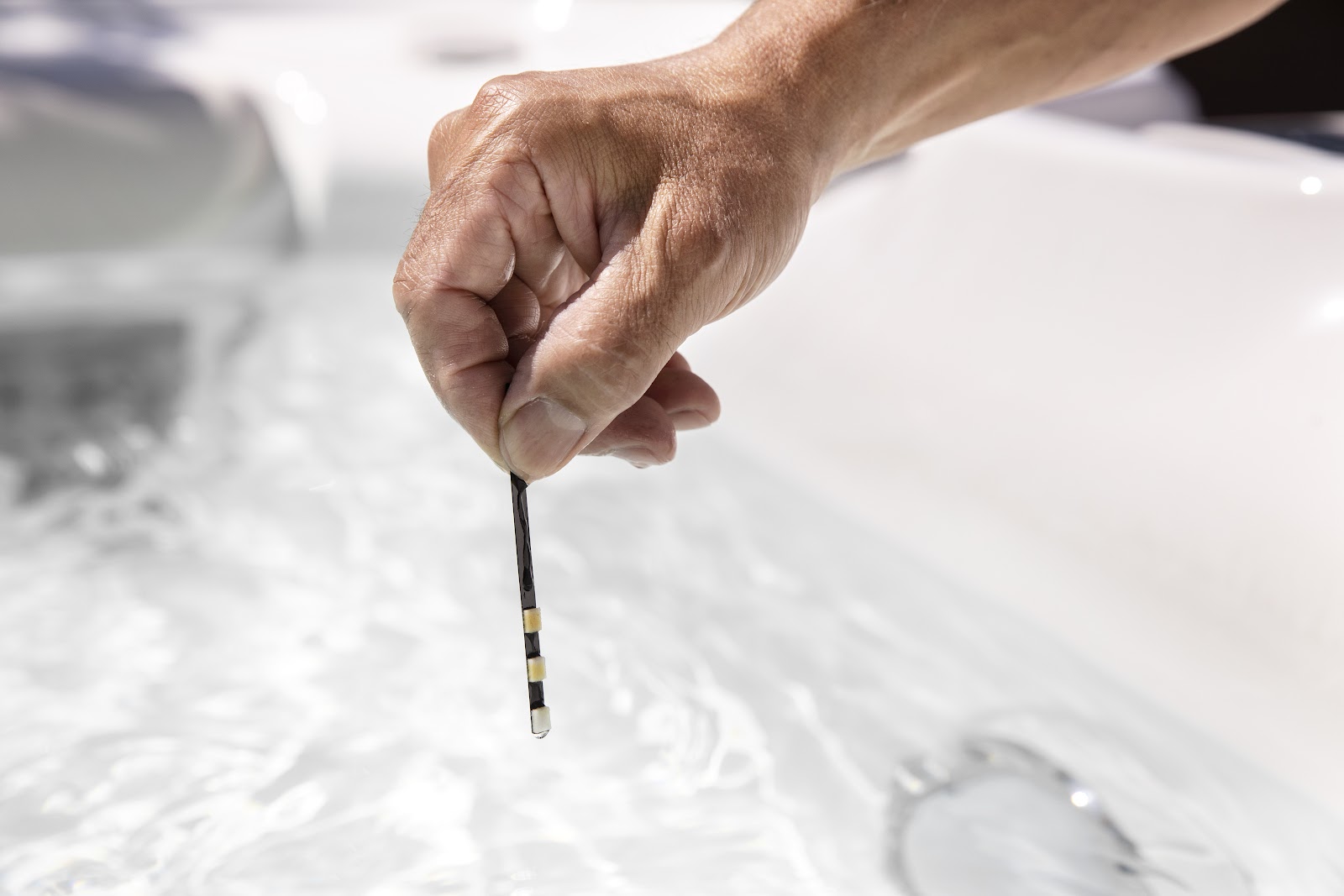
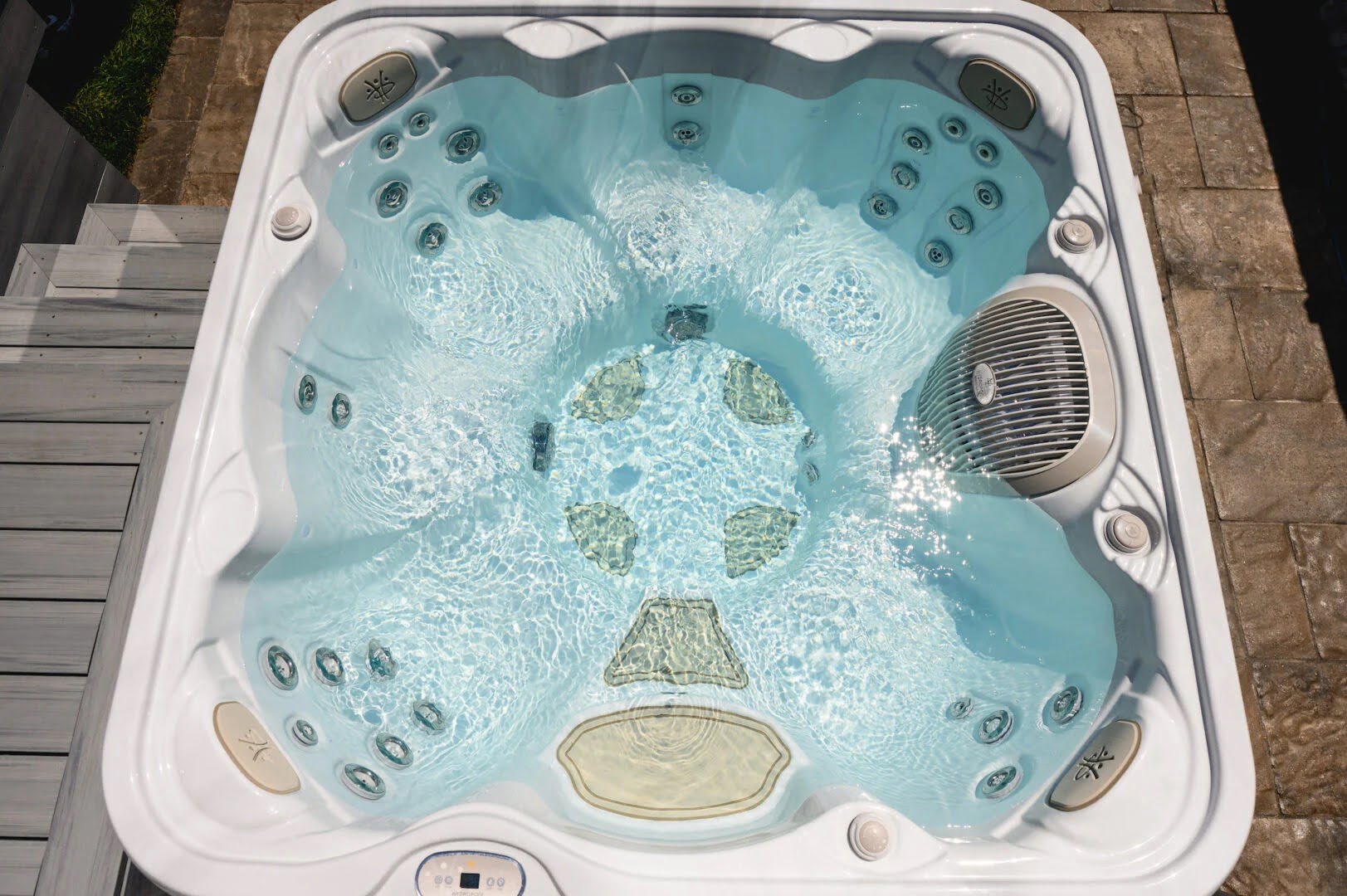

0 thoughts on “How Much Chlorine Do I Put In A 300-Gallon Hot Tub”